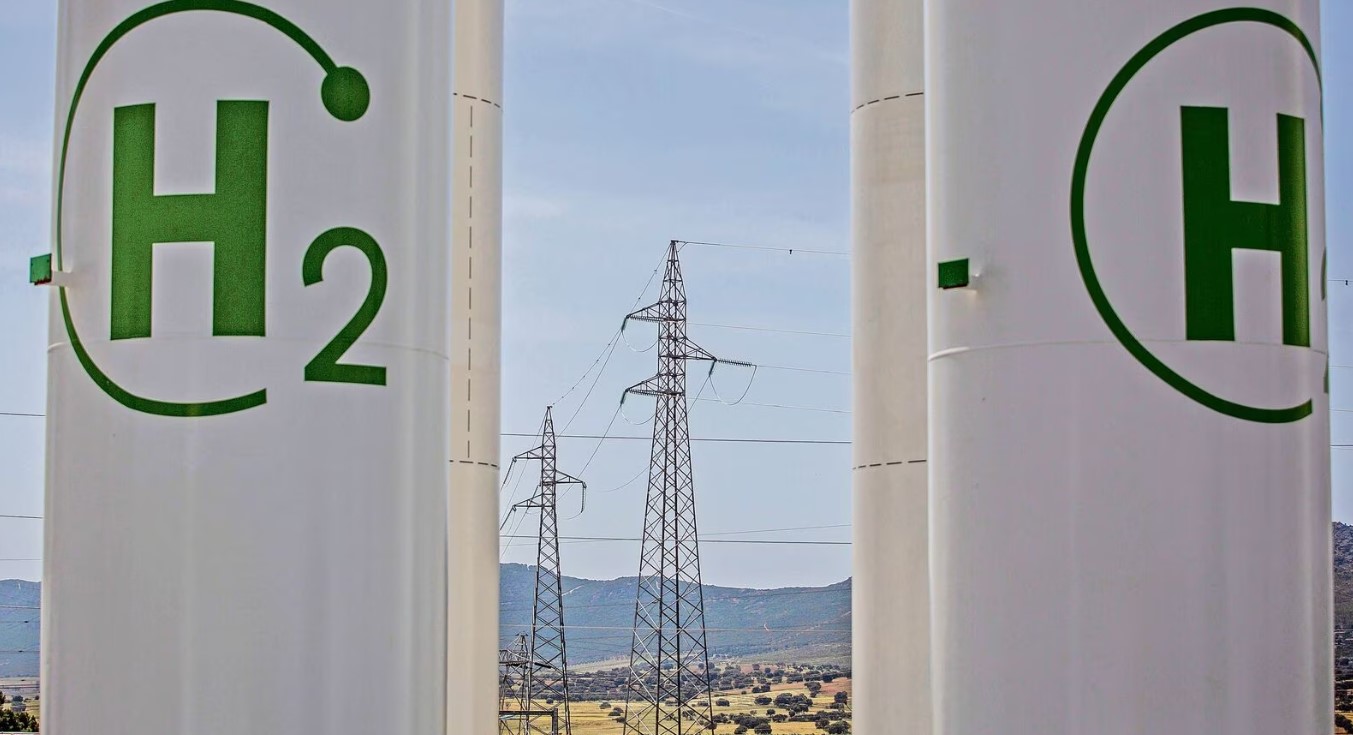Saudi Arabia is set to become a global leader in green hydrogen production, as it plans to start operating its first plant in 2025. The plant, located in the futuristic city of Neom, will be the world’s largest of its kind, with a capacity of 650 tons per day.
Green hydrogen is a form of renewable energy that can be used as a fuel for various applications, such as transportation, power generation, and industrial processes. Unlike fossil fuels, green hydrogen does not emit any greenhouse gases or pollutants when burned or used in fuel cells. It is produced by using renewable electricity, such as solar or wind power, to split water molecules into hydrogen and oxygen.
Green hydrogen is considered a key element for achieving the goals of the Paris Agreement on climate change, as it can help decarbonize sectors that are hard to electrify, such as aviation, shipping, and heavy industry. According to BloombergNEF, the global market for green hydrogen could be worth $700 billion annually by 2050.

How will Saudi Arabia produce and export green hydrogen?
Saudi Arabia’s first green hydrogen plant will be built by a consortium of three companies: Air Products, a US-based industrial gas giant; ACWA Power, a Saudi utility company; and Neom, a $500 billion megacity project that aims to be a hub for innovation and sustainability. The plant will use 4 gigawatts of solar and wind power from Neom’s renewable energy portfolio to produce green hydrogen and ammonia.
Ammonia is a chemical compound that contains nitrogen and hydrogen. It can be used as a carrier for hydrogen, as it is easier to transport and store than pure hydrogen gas. The plant will produce 1.2 million tons of ammonia per year, which will be shipped to global markets as a green fuel. The ammonia can then be converted back to hydrogen at the destination, or used directly in applications such as fertilizer production.
The project, called Helios Green Fuels, is expected to cost $5 billion and create thousands of jobs. It will also contribute to Saudi Arabia’s Vision 2030 plan, which aims to diversify the economy away from oil dependence and enhance the kingdom’s environmental and social performance.
What are the challenges and opportunities for green hydrogen?
Green hydrogen is still an emerging technology that faces several challenges, such as high production costs, lack of infrastructure, and regulatory barriers. According to the International Energy Agency (IEA), the current cost of producing green hydrogen ranges from $3 to $7.5 per kilogram, depending on the location and the source of electricity. This is much higher than the cost of producing blue hydrogen, which is derived from natural gas with carbon capture and storage (CCS), or grey hydrogen, which is derived from fossil fuels without CCS.
However, the IEA also projects that the cost of green hydrogen could fall by 60% by 2030, thanks to economies of scale, technological improvements, and lower renewable electricity prices. Moreover, green hydrogen has the potential to create new revenue streams for countries with abundant renewable resources, such as Saudi Arabia. The IEA estimates that global demand for hydrogen could increase from 70 million tons per year today to 200 million tons by 2030 and 600 million tons by 2050.
Saudi Arabia is not the only country that is pursuing green hydrogen projects. Several other countries, such as Australia, Chile, Germany, Japan, Morocco, and South Korea, have also announced plans or initiatives to develop their green hydrogen industries. This creates opportunities for international cooperation and trade in this emerging sector.
